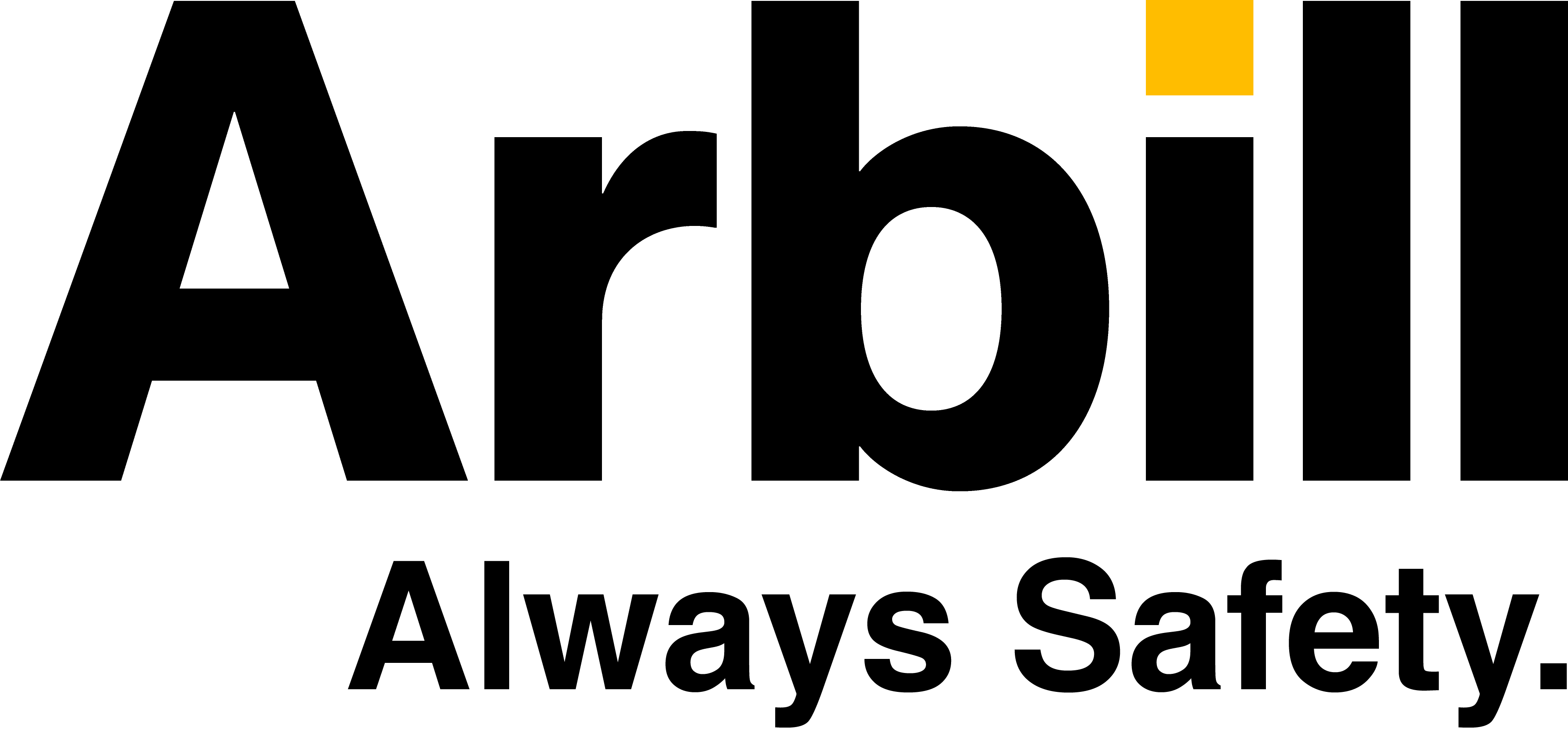June marks National Safety Month, a time to spotlight various safety concerns within the workplace.
This initiative offers businesses the chance to prevent injuries and cultivate a robust safety culture. Engaging in these efforts shows compliance with regulations and a commitment to employee well-being, while involving employees reinforces the idea that safety is a shared, ongoing journey, not a fixed endpoint.
Throughout the month, businesses can focus on this year’s core categories to implement and track safety improvements.





